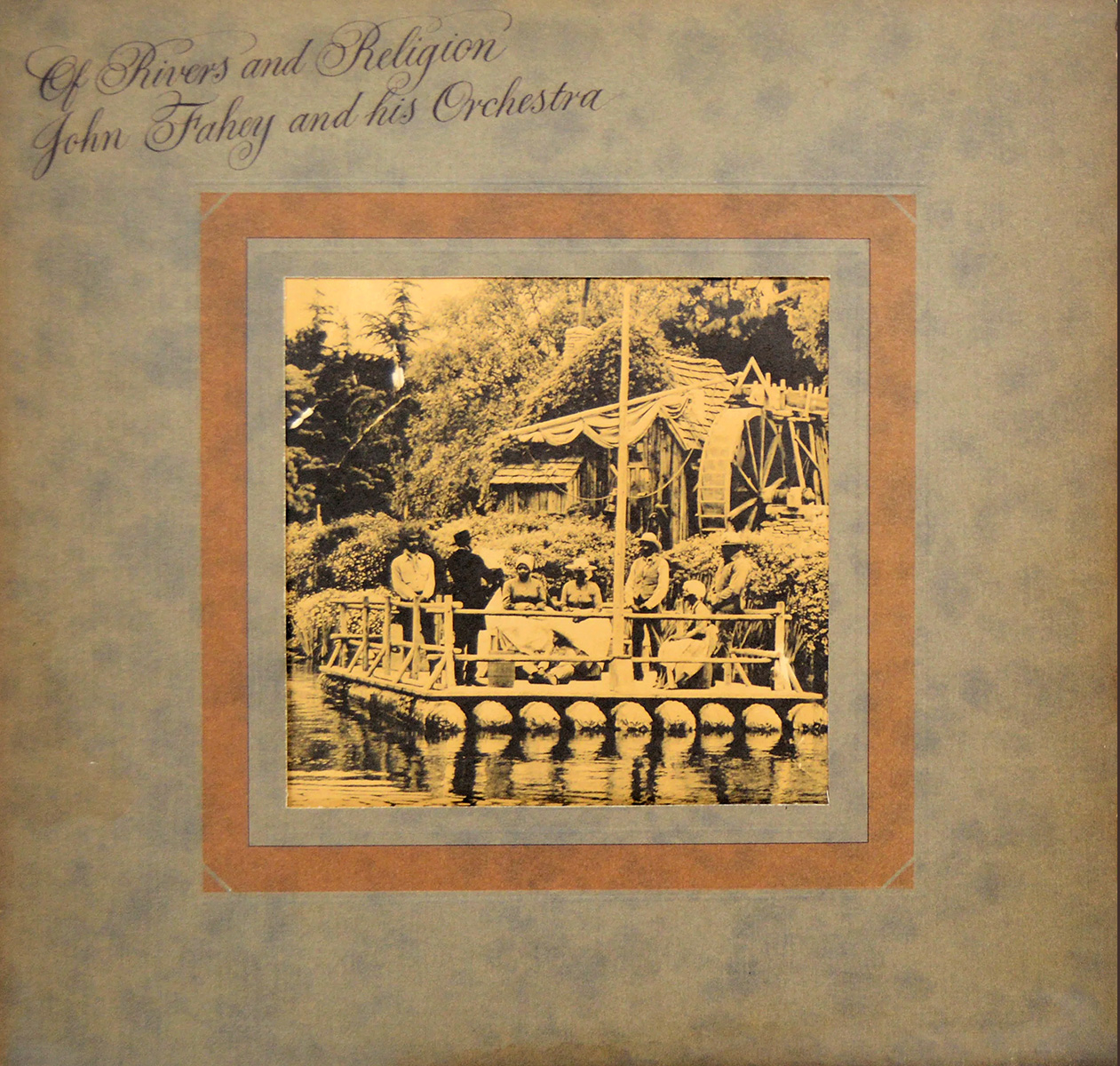
Last March (can’t believe it’s been that long!), I was asked if I knew any information about the photo on the cover of the John Fahey album, “Of Rivers and Religion” (shown above). As it turns out, one of the people involved in the photo shoot recently reached out to me and gave the 411 behind this little known piece of Disneyland history. Here is the story that Scott J. Tepper (credited as the location scout on the liner notes) told me when I interviewed him.
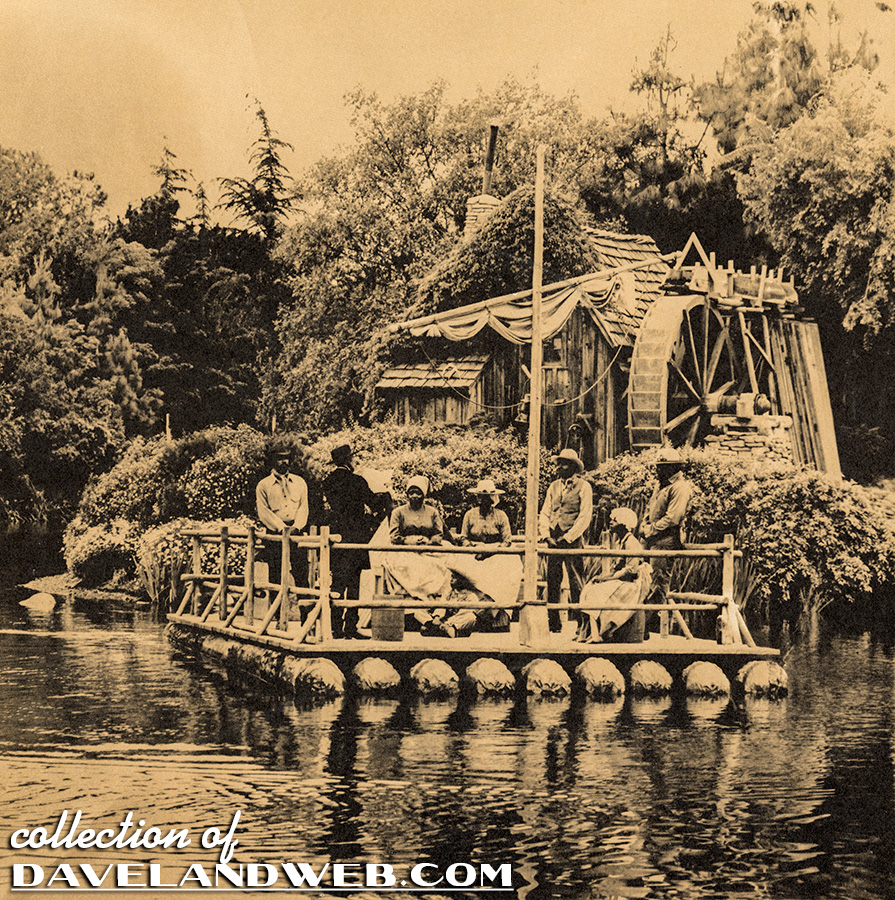
How Scott met John Fahey: Scott was a brand new lawyer in the Los Angeles area. He moved from a firm in Santa Monica to one in the Mid-Wilshire area, focusing on selective service draft work. The attorneys there typically represented labor unions, communists, the blacklisted, and eventually political activist and philosopher Angela Davis. John had tax issues, and attorney Harry Margolis (who was indicted but acquitted for tax fraud in 1977) was assisting him. Scott became friends with the musicians that worked with his firm, even if he wasn’t all that crazy about their genre of music. In March of 1972, Fahey told Scott, “I just finished this album with an orchestra, and I have no idea for the cover.” When Scott heard the title, “Of Rivers and Religion,” he immediately thought of the Rivers of America at Disneyland. Reprise Reccords supplied the art director/photographer, Ed Thrasher. Thrasher told Scott, “This is your idea, so I want to see what your idea is.” The three went to Disneyland to see if the Mark Twain would work as the subject of the album cover. The day they visited, it wasn’t working. In addition, Thrasher realized what sounded good was not going to work out through his lens. “I can’t get the river AND the Twain in the frame. I also can’t really tie rivers to religion as it is, but while we’re here, let’s look around.” Scott was familiar with the park from his childhood, so he guided Ed and John around. When he saw one of the Tom Sawyer rafts/barges, things began to come together.
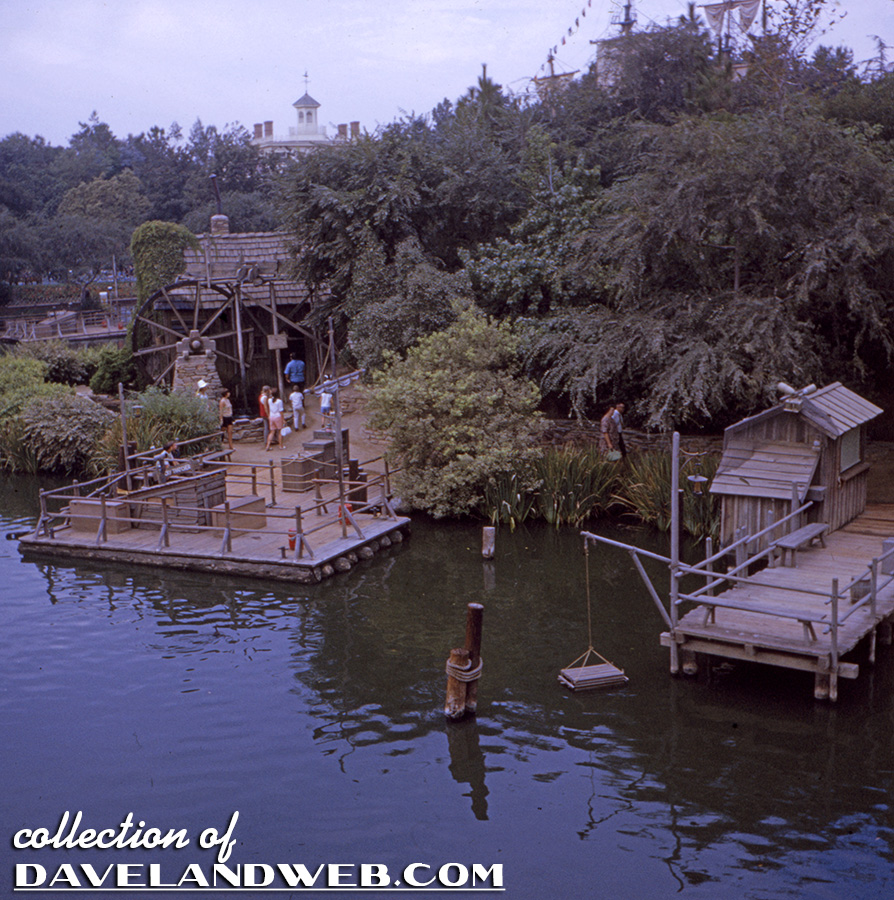
Ed grabbed some of the cast members who were hanging out on the Mark Twain and asked if they were interested in making $5 to pose for some photos. “Do you have any other clothes?” Ed asked them. “We have rags that we work with,” they replied. Approximately ten cast members donned the old rags, got on the barge, and floated out on the river. Ed took about a half a dozen shots on his old-school Hasselblad camera (which was hidden in Ed’s satchel and snuck into the Park), sliding the plates in and out between each photo. Scott recalls it only taking about five minutes of shooting time before Ed said, “I think I have the photo for the cover!”
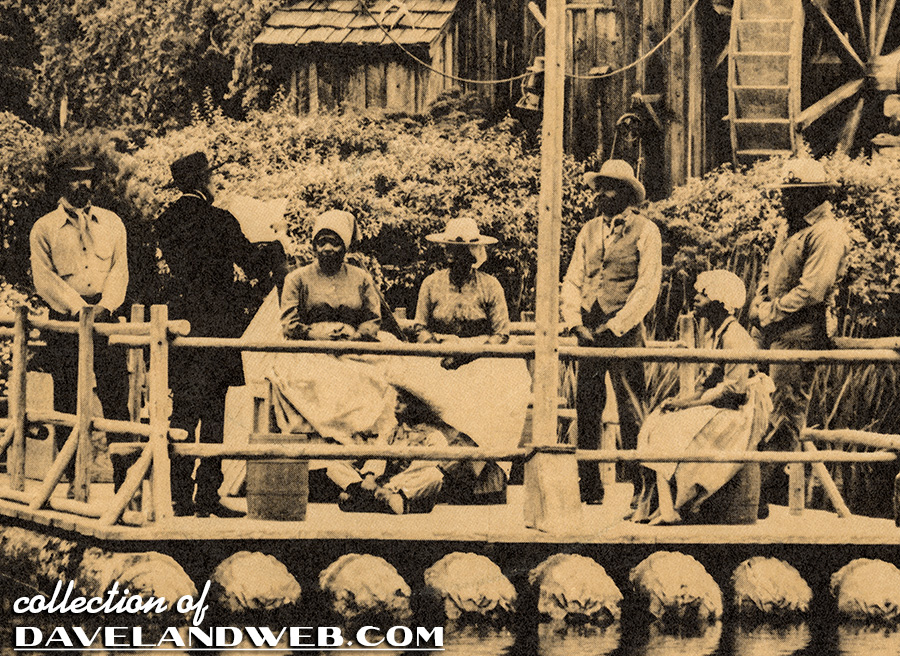
The amazing part? They did not have permission to shoot a single photo. The Disneyland publicity folk only gave John Fahey permission to scout the location, which really made John and Scott laugh at how everything came together so quickly. Afterwards, Scott heard from John that he told the people at Disneyland that he got the shot he wanted, and the publicity people told him they needed to see it. After viewing the photo, they told John that as long as Disneyland was given credit, all was ok. Back in those days, they were just happy to get publicity. A very different time from how tightly Disney controls their image today. Something like this could never happen without a lawsuit being filed after! Scott never saw Ed again after the shoot.
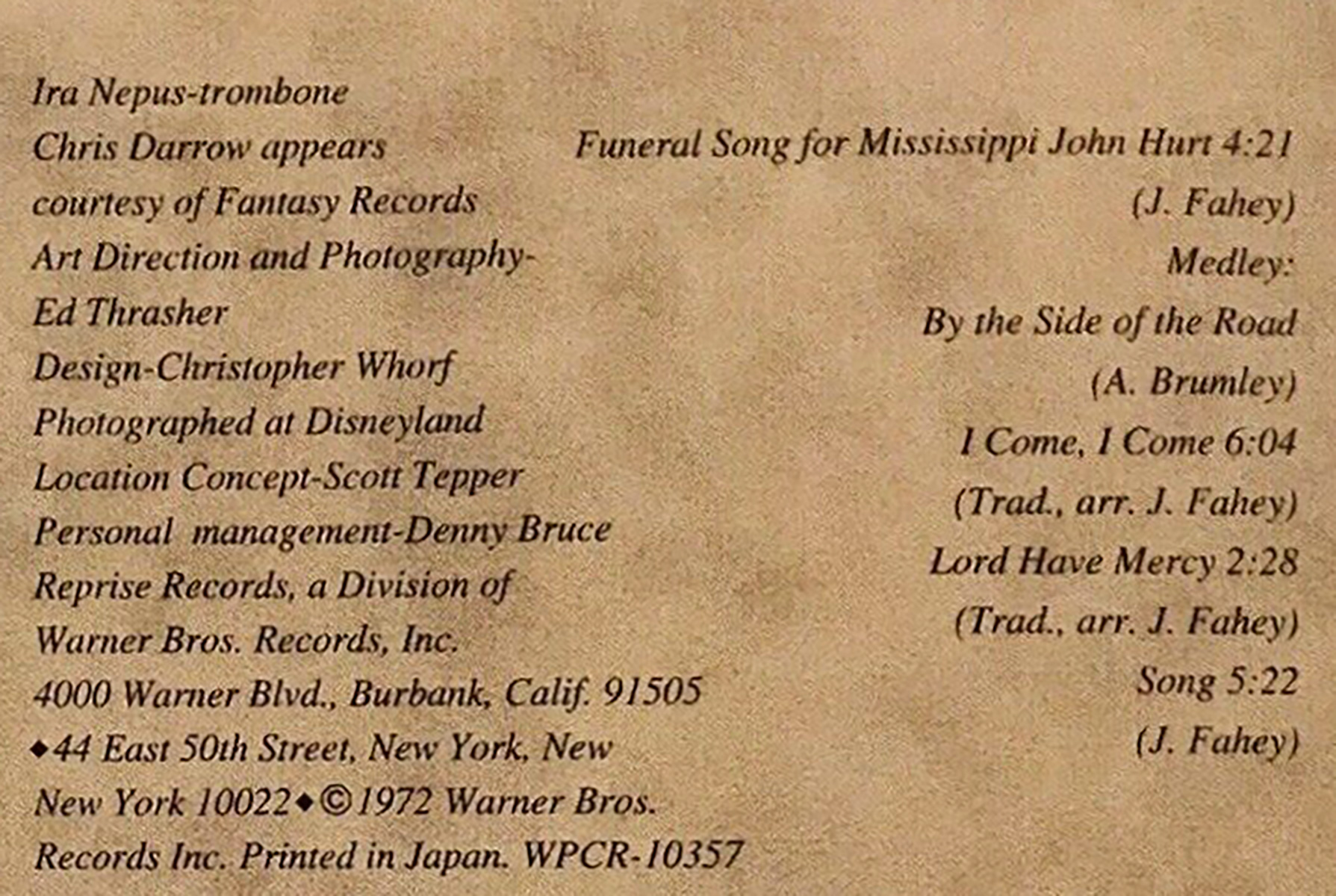
When the album was released, Disneyland was credited as the location (as promised), and Scott’s name was listed as the location concept. However, he was not happy that his middle initial was not used!
Scott also shared some memories of going to Disneyland as a child. In 1955 for his mother’s 40th birthday (which in a happy coincidence was July17), the family attended opening day. Thanks to the television program, “Walt Disney’s Disneyland,” the entire nation (including the Tepper family) was aware of the impending opening of the park in Anaheim. The Teppers lived in Pacific Palisades at the time and hopped in the car for what seemed like a 2.5. hour drive, all on surface streets. They had never been to Anaheim before. He remembers the gigantic open parking lot full of cars, but nothing like in later years. He also remembered the thrill of being able to park close to the entrance and seeing when they got out of the car. They didn’t have much of a wait to get in, but rather just walked right in. There were lots of 15' high construction walls that day, as not all the attractions or areas had been completed. The family walked around the park and went on some of the attractions. The favorite one was in Tomorrowland: The Rocket to the Moon.
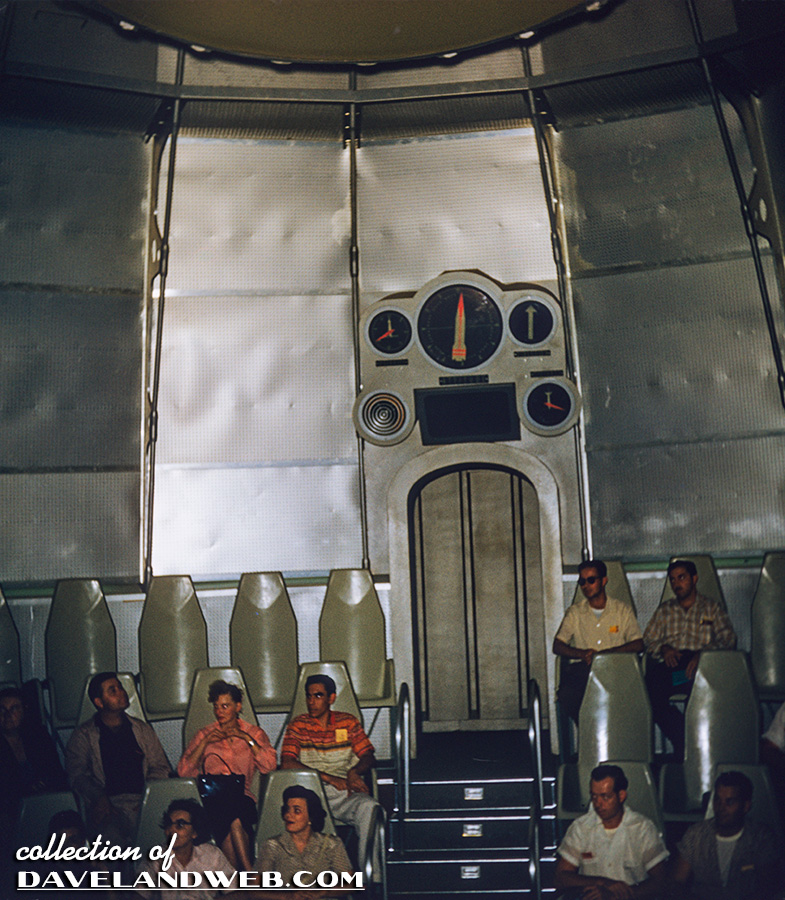
When he exited the attraction, he looked for a restroom. Just one month away from being 10 years old, Scott was fiercely independent and went exploring on his own. He saw a wooden door in one of the construction walls and it opened, revealing a man who asked him, “How can I help you?” Scott told him. he was looking for a restroom and the man pointed down to the end of the wall. “There should be some there,” he told the child. When Scott returned to his family, his mother asked him, “What did that man say to you? Do you know who that was? That was Walt Disney.” Scott remembers his demeanor was kind, like an uncle. Walt even seemed a bit bemused upon reflection, especially since Scott had no idea who he was. As for the oft-told stories about guests having to buy beverages because there weren’t enough water fountains, yes, that was true. They had to buy soft drinks. Scott’s father was an orthodontist, so he was not crazy about having to buy soda for his kids. As for choosing between water fountains and restrooms, Scott says “Walt made the right decision!” He remembers it was a very hot day. His father had a Buick which sank into the recently paved asphalt of the parking lot. This made him even less happy then having to buy soda for his kids!
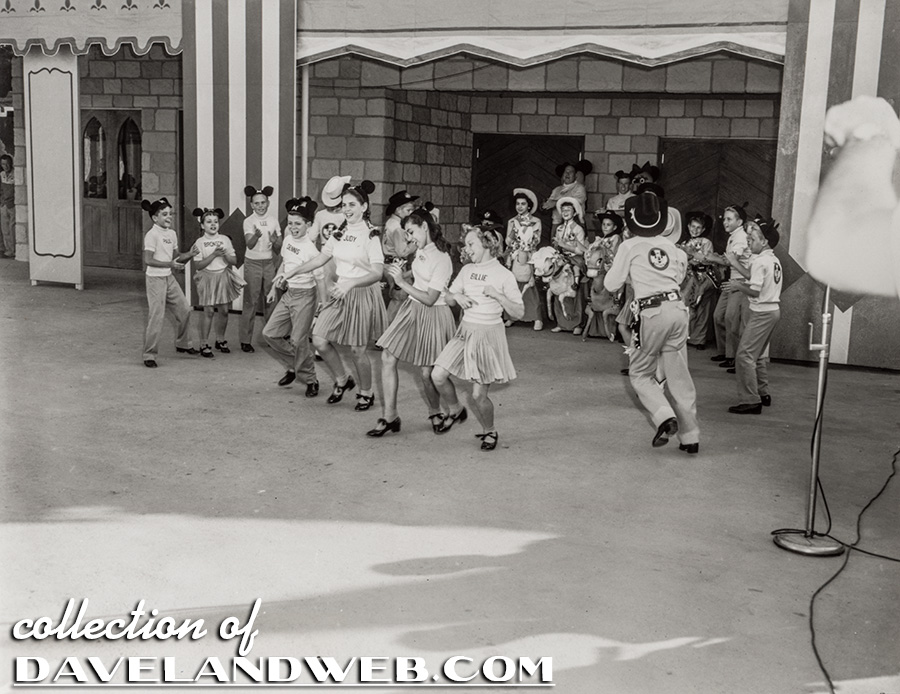
If you’re wondering how the Teppers got into Disneyland on opening day…so did I! One of Dr. Tepper’s patients was Annette Funicello. He took a technique from the 1930s and was the pioneer of removable braces in the early 1950s. Once the word got out, he got the business of every child actor in Hollywood. They all came to him so that they could have the removable braces, allowing them to snap them out before a scene. This helped give Dr. Tepper connections with everyone, including the rest of the Mousketeers! Years later, he also helped teen idol David Cassidy straighten his teeth.
And there you have it. The mystery of the album cover has been solved!
See more photos at my main website.

No comments:
Post a Comment